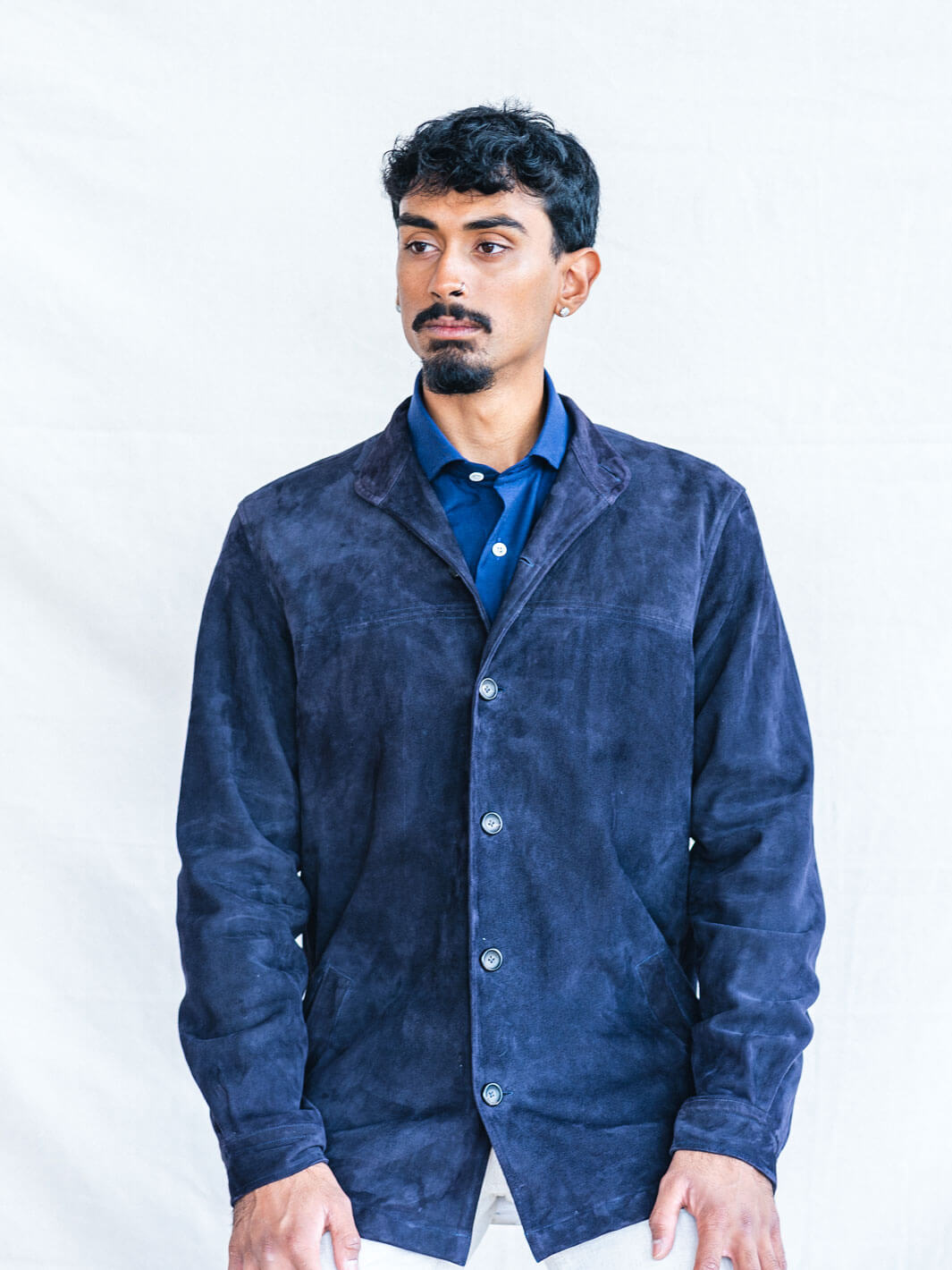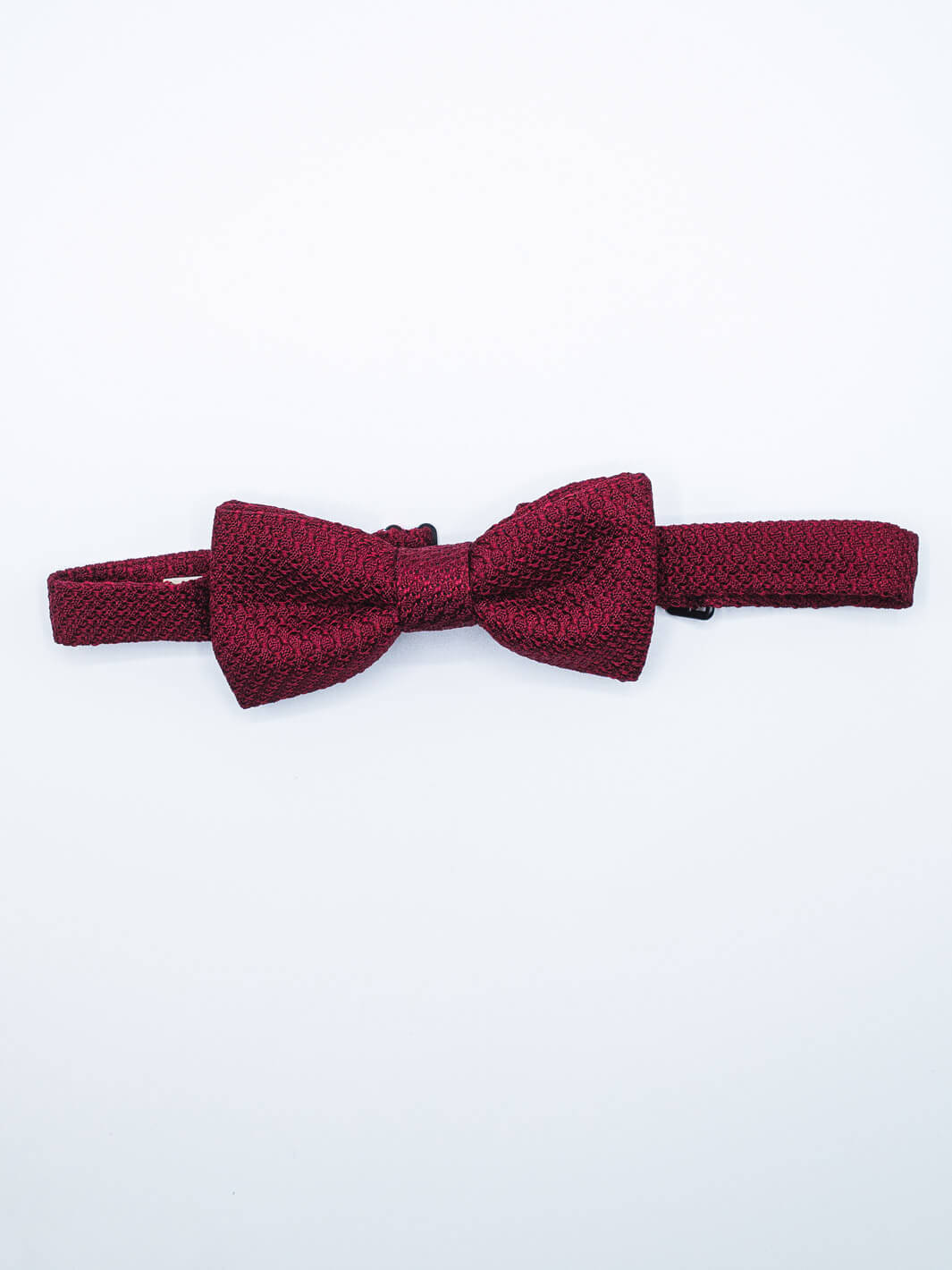People often say the human body is efficient—that nothing is wasted and every part serves a function. That mindset may appeal to strict minimalists, but it’s not a great rule for getting dressed.
We don’t have to treat clothes like pure tools. It’s fine—good, even—for things to exist just because they look sharp.
Pocket squares, lapels, turn-ups, decorative watch details—none of these add much in the way of practicality, but they add plenty of aesthetic appeal. And few items prove the point better than the shirt collar: once practical, now mostly there because it makes everything look better.
Collar Basics
A collar consists of three essential parts: a band, points, and a spread. And there the similarities end. The band sets how high it sits. The points can be sharp or modest. And the spread—the distance between those points—can whisper or shout. Move any one of those elements and an Oxford becomes evening wear, or a boardroom shirt becomes weekend-friendly. Hence the obsession.
How to Choose the Right Shirt Collar
Serious dressers choose collars the way they choose glasses: to flatter whatever hand biology dealt them. Start with face and neck shape—that’s the geometry. Then ask yourself whether the occasion calls for a stiffer, more formal collar, or a softer, more casual one.
Face & Neck Shape
A collar that sits higher on the neck (favored by many Italian makers) will compensate somewhat for longer necks and faces; a more narrowly spread collar (e.g., point) creates a slimming, elongating effect that lends proportional elegance to a rounder or wider face; longer collar points (e.g., button-down) tend to look more at home on larger men; and wider spreads (e.g., cutaways) can add balance and presence to slimmer faces.
Fused vs. Unfused
Fused collars (machine-made with an adhesive-backed interlining) hold their shape well, while unfused collars (whose interlining is stitched, not glued) offer a softer, more flexible look that settles naturally into casual wear. If you want your collar to stay upright without constant, discreet readjustment, fused is usually the safer bet—and let’s be honest, we’ve all fussed with a collapsing collar at some point.
Four Classic Collar Types (Plus Extras)
Spread Collar

Worn to dazzling effect by Sean Connery, Roger Moore, and Pierce Brosnan’s Bonds, the spread collar is widely considered a “safe” but eternally elegant option for formal dressing—as demonstrated by our own offerings, such as our subtly striped shirts in green and charcoal.
These collars will accommodate any knotting method, however bulbous; so if your tie collection includes plenty made from wool, linen, or silk, the spread option will consider itself in good company in your wardrobe.
The semi-spread collar, a close relative of the spread, is arguably even more versatile. It straddles the line between formal and casual, flatters a wider variety of face shapes, and accommodates an equally broad array of tie knots. We have a strong preference for this collar style, as seen in many of our Anatoly & Sons shirts.
Point Collar

The point collar—named for its narrow, emphatic tips that sit relatively close together—accommodates smaller tie knots such as the slender Four-in-Hand. It offers a formal, corporate-friendly look, so long as the wearer is comfortable with the connotations of Martin Scorsese’s gangster films (Goodfellas, Casino). Useful connotations, perhaps, if a little boardroom bravado is on the day’s agenda…
Button-Down Collar

The button-down collar is an option we stock prolifically at Anatoly & Sons, often in point-leaning versions. Despite the built-in “discipline” of the buttons anchoring the points—and the similar neatness of its cousin, the hidden button-down—it’s generally considered less formal than the other collars on this list.
Cutaway Collar

Cutaway collars vary quite dramatically by spread—which means tie choice, if you’re not opting for an open neck, is crucial. Small knots—whether slim by fabric or tying method—can look drowned by the collar’s breadth, which is why a chunkier knot works best. Get it right and the cutaway reads contemporary and chic: a respectful nod to tradition with a modern tweak. The 100 Hands shirts we carry feature a clean, signature cutaway that shows exactly how elegant the style can be.
Honorable Mentions (the stylish outliers)
-
Club/Penny Collar — Rounded tips that became de rigueur at Eton in the mid-19th century. Very of-their-time, charming in the right context.
-
Camp/Cuban Collar — An open, double-notched design. Forever linked to bold vacation shirts (and the occasional Piña Colada impulse buy).
-
Wing Collar — Once the default for black tie; still worth owning if you attend formal events. A classic in both cost and commitment.
For most situations, though, men aiming for timeless elegance should focus on the four core collar types.
Once you’ve weighed the basics, a few nuances still matter: temperature, the comfort travel demands, and the dress codes your company actually follows.
Which is to say: you’ll need to freewheel a little—and that’s the fun part. Collar stiffness (or lack of it), fabric texture, business versus smart-casual settings, your own proportions, the presence or absence of a tie—this is where you get to riff. As ever, apply courage—liberally—to convention.









